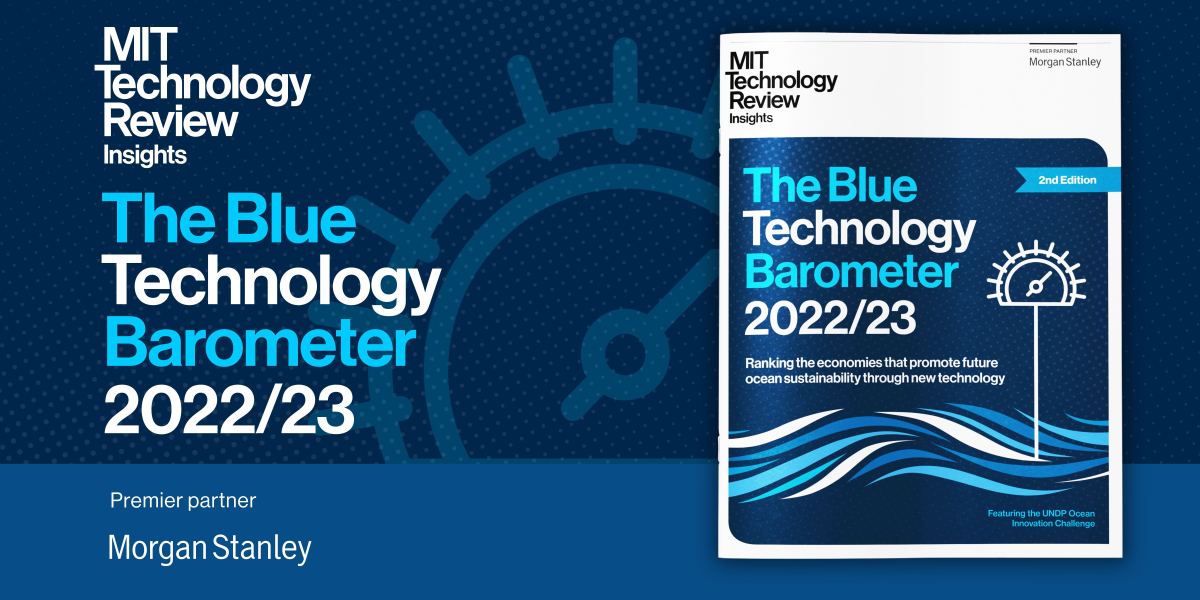Overall ranking
Pillars
Comparative
The overall rankings tab shows the performance of the examined
economies relative to each other and aggregates scores generated
across the following four pillars: ocean environment, marine activity,
technology innovation, and policy and regulation.
This pillar ranks each country according to its levels of
marine water contamination, its plastic recycling efforts, the
CO2 emissions of its marine activities (relative to the size
of its economy), and the recent change of total emissions.
This pillar ranks each country on the sustainability of its
marine activities, including shipping, fishing, and protected
areas.
This pillar ranks each country on its contribution to ocean
sustainable technology research and development, including
expenditure, patents, and startups.
This pillar ranks each country on its stance on ocean
sustainability-related policy and regulation, including
national-level policies, taxes, fees, and subsidies, and the
implementation of international marine law.
Get access to technology journalism that matters.
MIT Technology Review offers in-depth reporting on today’s most MIT
Technology Review offers in-depth reporting on today’s most
important technologies to prepare you for what’s coming next.
Subscribe
today
 Back
Back
Experts
MIT Technology Review Insights would like to thank the following
individuals for their time, perspective, and insights:
- Valérie Amant, Director of Communications, The SeaCleaners
- Charlotte de Fontaubert, Global Lead for the Blue Economy, World Bank Group
- Ian Falconer, Founder, Fishy Filaments
- Ben Fitzgerald, Managing Director, CoreMarine
- Melissa Garvey, Global Director of Ocean Protection, The Nature Conservancy
-
Michael Hadfield, Emeritus Professor, Principal Investigator, Kewalo Marine Laboratory, University of Hawaii
at Mānoa - Takeshi Kawano, Executive Director, Japan Agency for Marine-Earth Science and Technology
- Kathryn Matthews, Chief Scientist, Oceana
- Alex Rogers, Science Director, REV Ocean
- Ovais Sarmad, Deputy Executive Secretary, United Nations Framework Convention on Climate Change
- Thierry Senechal, Managing Director, Finance for Impact
- Jyotika Virmani, Executive Director, Schmidt Ocean Institute
- Lucy Woodall, Associate Professor of Marine Biology, University of Oxford, and Principal Scientist at Nekton
 Back
Back
About
Methodology: The Blue Technology Barometer 2022/23
Now in its second year, the Blue Technology Barometer assesses and ranks how each of the world’s largest
maritime economies promotes and develops blue (marine-centered) technologies that help reverse the impact of
climate change on ocean ecosystems, and how they leverage ocean-based resources to reduce greenhouse gases and
other effects of climate change.
To build the index, MIT Technology Review Insights compiled 20 quantitative and qualitative data indicators
for 66 countries and territories with coastlines and maritime economies. This included analysis of select
datasets and primary research interviews with global blue technology innovators, policymakers, and
international ocean sustainability organizations. Through trend analysis, research, and a consultative
peer-review process with several subject matter experts, weighting assumptions were assigned to determine the
relative importance of each indicator’s influence on a country’s blue technology leadership.
These indicators measure how each country or territory’s economic and maritime industries have affected its
marine environment and how quickly they have developed and deployed technologies that help improve ocean
health outcomes. Policy and regulatory adherence factors were considered, particularly the observance of
international treaties on fishing and marine protection laws.
The indicators are organized into four pillars, which evaluate metrics around a sustainability theme. Each
indicator is scored from 1 to 10 (10 being the best performance) and is weighted for its contribution to its
respective pillar. Each pillar is weighted to determine its importance in the overall score. As these research
efforts center on countries developing blue technology to promote ocean health, the technology pillar is
ranked highest, at 50% of the overall score.
The four pillars of the Blue Technology Barometer are:
Carbon emissions resulting from maritime activities and their relative growth. Metrics in this pillar also
assess each country’s efforts to mitigate ocean pollution and enhance ocean ecosystem health.
Efforts to promote sustainable fishing activities and increase and maintain marine protected areas.
Progress in fostering the development of sustainable ocean technologies across several relevant fields:
- Clean innovation scores from MIT Technology Review Insights’ Green Future Index 2022.
- A tally of maritime-relevant patents and technology startups.
- An assessment of each economy’s use of technologies and tech-enabled processes that facilitate ocean
sustainability.
Commitment to signing and enforcing international treaties to promote ocean sustainability and enforce
sustainable fishing.
About Us
MIT Technology Review was founded at the Massachusetts Institute of Technology in 1899. MIT Technology Review
Insights is the custom publishing division of MIT Technology Review. We conduct qualitative and quantitative
research and analysis worldwide and publish a wide variety of content, including articles, reports,
infographics, videos, and podcasts.
If you have any comments or queries, please
get in touch.





















Discussion about this post